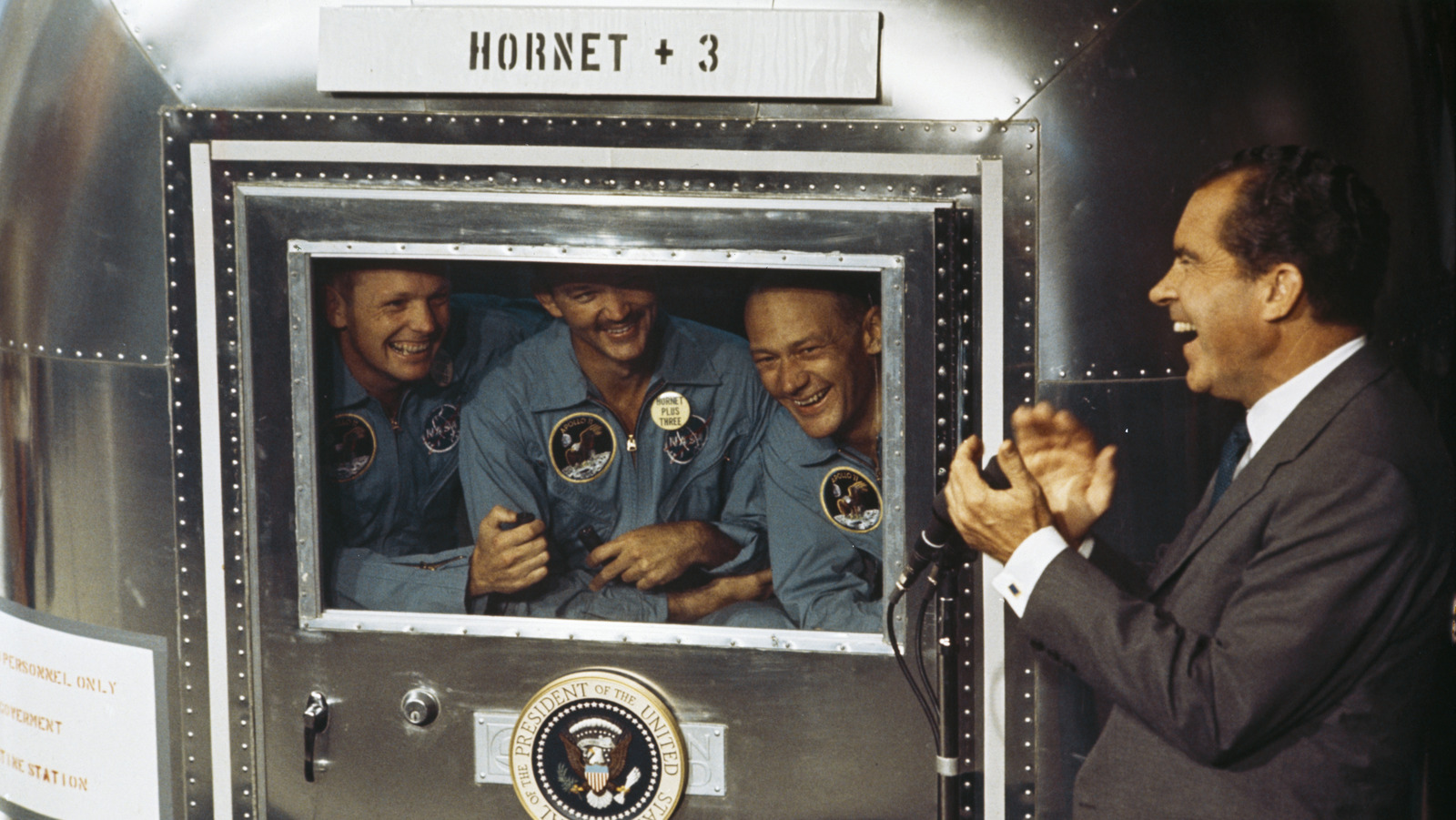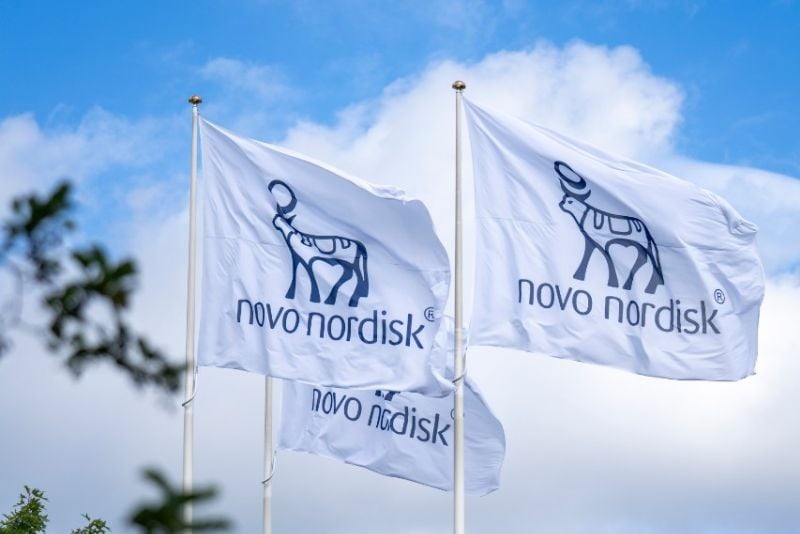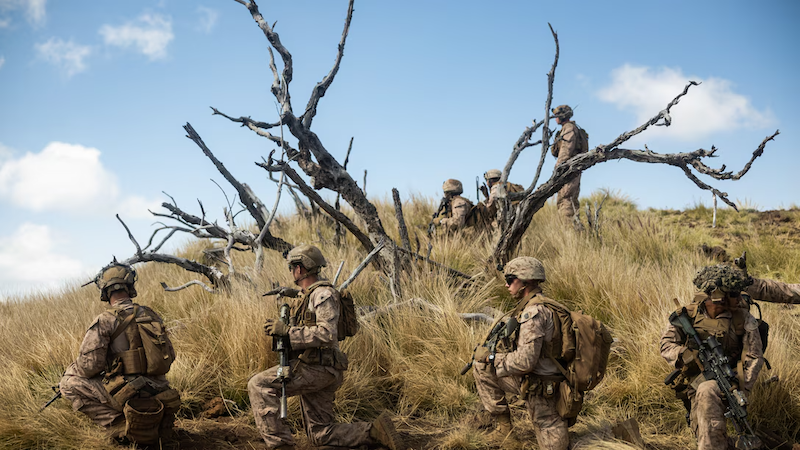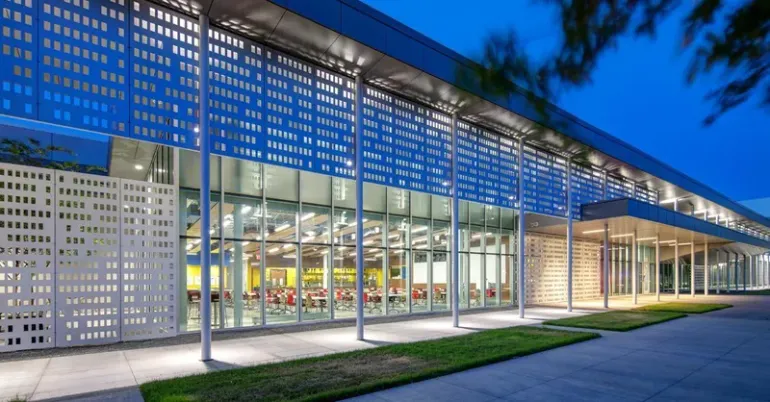Old cytokine, new tricks: A refined model of interferon’s antiviral activity
by John W. Schoggins Interferon is a central component of the vertebrate antiviral immune response, thought to act through induction of hundreds of interferon-stimulated genes, with some redundancy. Recent findings suggest a more refined ‘limited set’ model, in which distinct viruses are targeted by small subsets of the induced gene repertoire. Interferon is a central component of the vertebrate antiviral immune response, thought to act through induction of hundreds of interferon-stimulated genes, with some redundancy. This Perspective highlights recent findings that suggest a more refined ‘limited set’ model, in which distinct viruses are targeted by small subsets of the induced gene repertoire.
by John W. Schoggins Interferon is a central component of the vertebrate antiviral immune response, thought to act through induction of hundreds of interferon-stimulated genes, with some redundancy. Recent findings suggest a more refined ‘limited set’ model, in which distinct viruses are targeted by small subsets of the induced gene repertoire. Interferon is a central component of the vertebrate antiviral immune response, thought to act through induction of hundreds of interferon-stimulated genes, with some redundancy. This Perspective highlights recent findings that suggest a more refined ‘limited set’ model, in which distinct viruses are targeted by small subsets of the induced gene repertoire.












































































































































